Literacy boost improves Teachers skills for the benefit of Children’s Learning

Around the world, 130 million children cannot read and write despite completing four years of education. For these children, not learning to read or write will limit their options and opportunities for a lifetime. Whereas Mozambique made great progress in getting children to school, and has undertaken many initiatives to improve the quality of education (introduction of new curricula; building new classrooms; allocating funds for direct administration by the schools; reinforcing the modalities of training teachers and school managers; provision of school books and increasing school supervisions).
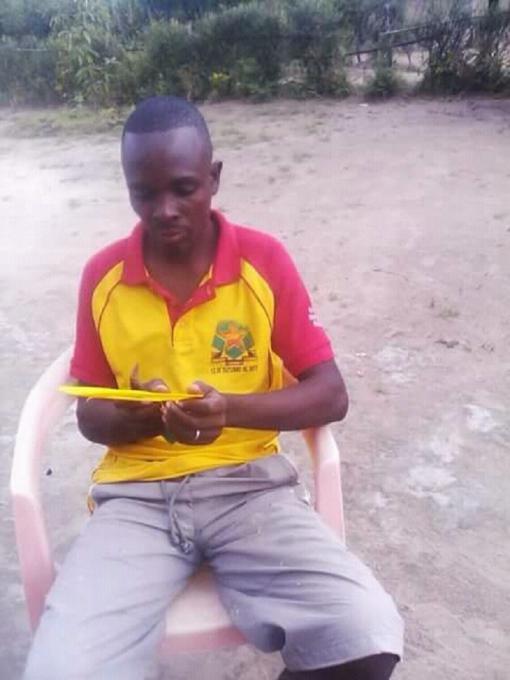
Training teachers using a literacy boost approach to improve children’s learning performance has proven to be effective. This approach has been implemented in around 200 schools in seven districts in the Manica province. In one of the districts, in Manica, there is a teacher that has benefited from the training and has spread the teachings to his fellow colleagues; also, his classes have shown substantial improvement in terms of learning and motivation.
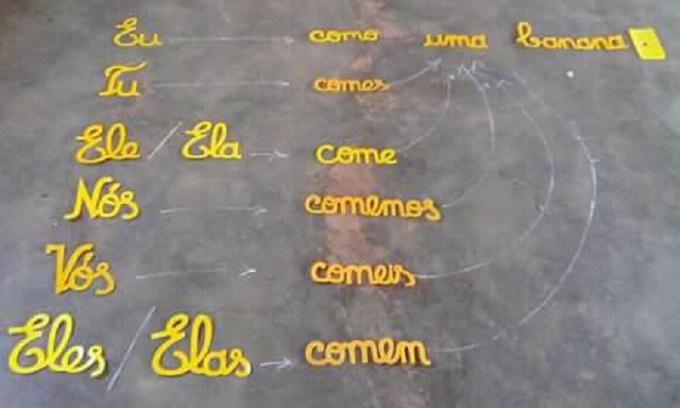
Below is the teacher’s personal experience:
My name is Augusto Celestino Mirione. I’m a primary school teacher with 5 years of experience that started working in 2013 in the Primary School (EP1 and 2) of Nhamuchindue, the administrative post of Mavonde. When I started working, I rarely used learning materials.
Before the training
In the beginning, I did not use learning materials in my classes, as I did not have enough income to acquire them; many children did not know how to read or write and had also problems with Math. As a result, my classes were not motivating.
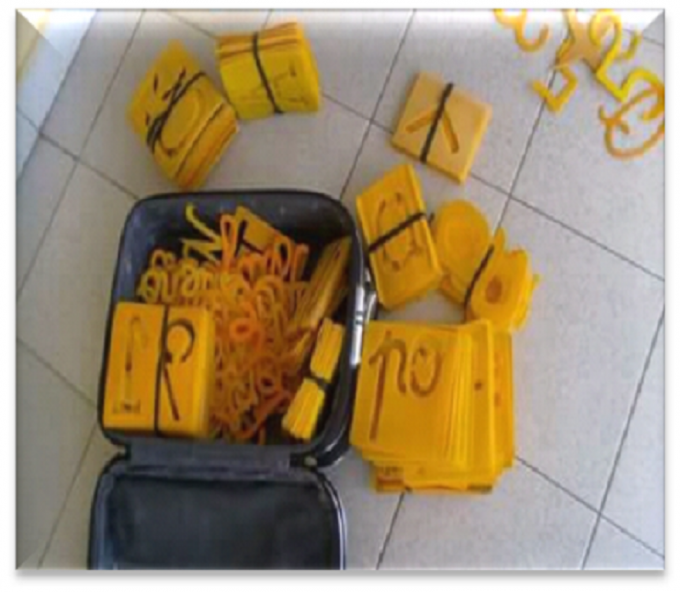
After the training
In 2015, when Save the Children began to train teachers, I had the opportunity to be trained in numeracy and literacy. After being trained, I returned to my workplace and taught my colleagues about everything I had learnt. Right from that day, I started producing and using learning materials which were made from bottles, to be more long lasting. At school, there was a large damaged bottle that I cut and used to design numbers and letters in, and then used on the floor to help children to learn how to write using the finger, this being an exercise for the writing of letters and numbers. And with this material I have taught many children to write well the cursive letters and numbers. Hence the struggle was "how to get the kids to learn"? Soon I began to produce syllables, words where children form small texts.
Results of the production and use of learning material
My classes became motivating as I could get all children interested in learning; the children learned by playing and this happens also outside the classroom.
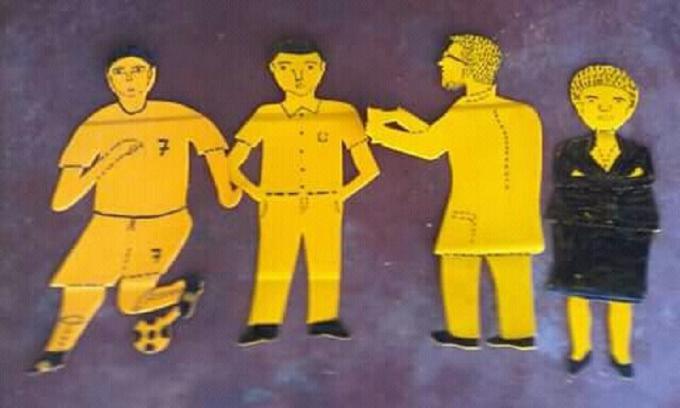
By way of example, in the year 2016 my third class got 100% in their test scores, and I was brought to the district authorities. On October 12 of the same year, I received a Diploma of honor as the best teacher and at the end of the year 2016, I was chosen to spend my holidays and exchange experiences abroad but I was unable to travel because I didn’t have a passport. On January 20 of 2017, I was invited to participate in the opening ceremony of the year at the Mazicuera Secondary School in the Gondola district. I was distinguished as the best teacher in the province of Manica and received prizes such as: a Vodacom smart phone Kika 6 and a diploma of honor given by his Excellence, the Governor of Manica, Alberto Ricardo Mondlane.
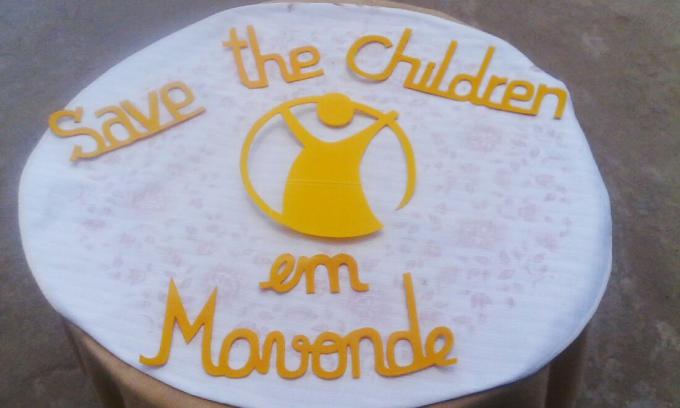
On the 8th, I was invited by the Provincial Director to participate in the National Coordinating Council. This took place in Maputo, 9th to the 11th of August, held in the AFECC Gloria Hotel, where I was given a folder and an arrow as a symbol of participation. On October 12, 2017, I received a set of crockery as a gift.
My third class went to achieve 94% as a final grade at the end of the year; we missed the goal of 100% because in my class I had two students with special education needs since they are visually impaired.
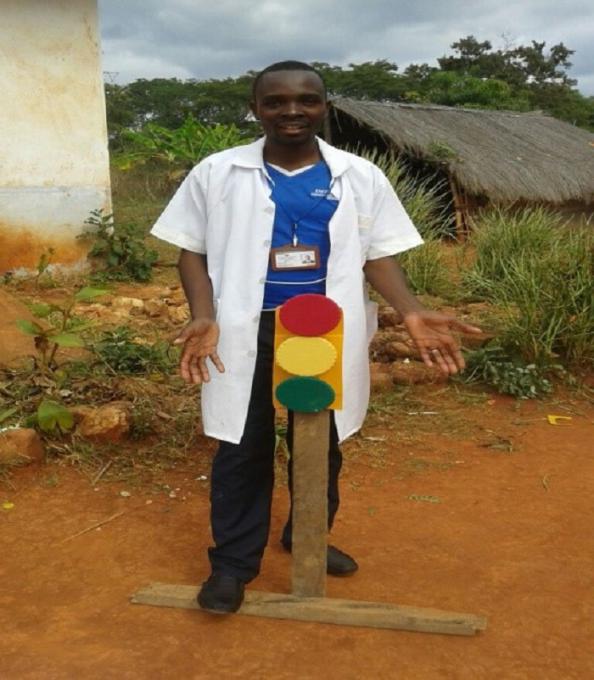
Where did I acquire the primary learning materials?
Whenever my salary comes I use 7% of it for the purchase of large plastic bottles, markers, to produce more learning materials. I produce different types of materials to help in my lectures and I also help my colleagues in the planning of their classes from the first grade to seventh grade.
Materials used in the production of learning materials
Bottles, plastic cutting knife, marker, scissors, hammer and ink.
Plans for 2018
Continue to focus on the production and use of educational materials produced from bottles and other types of material. And I would like to expand the experience at district, provincial and national level to guarantee the quality of education in Mozambique.
 Mozambique
Mozambique